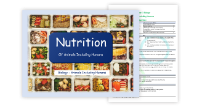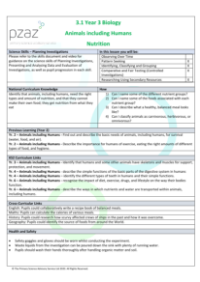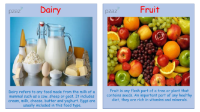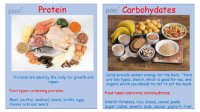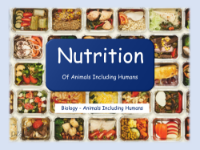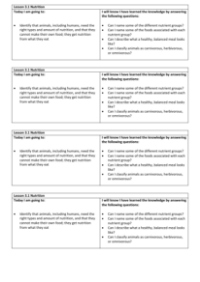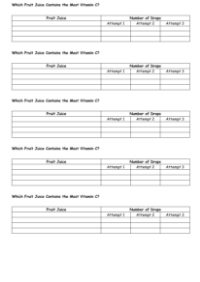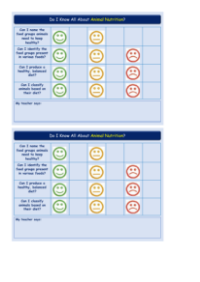Nutrition - Teacher Explanation

Science Resource Description
Welcome to Lesson 3.1 on Nutrition, part of the Year 3 Unit on animals, including humans. In this lesson, pupils will explore the essential concept that animals and humans require the right types and amounts of nutrition, which they cannot produce themselves but instead obtain through their diet. For the practical components of the lesson, safety is paramount, thus pupils are instructed to wear goggles and safety gloves. Spillages must be dealt with promptly to ensure a safe environment, and thorough hand washing is mandatory after activities. This lesson offers a rich opportunity for cross-curricular learning, with potential activities spanning English, Maths, History, and Geography. These include creating healthy recipes, calculating meal calories, researching historical diseases like scurvy, and discovering the origins of various foods.
The first activity delves into the seven nutrient groups—proteins, fats, carbohydrates, vitamins, minerals, fibre, and water—and their functions within the body. While fibre and water are debated as nutrient groups due to their functional roles rather than metabolic contributions, they are vital for digestive health and hydration, respectively. This session differentiates between nutrient groups, which are used by the body for specific functions, and food groups, which categorise where foods are found, like dairy, fruits, and vegetables. Children will engage with Nutrient groups cards and food group cards to match foods with the nutrients they provide for bodily functions. Later activities involve analysing food labels to understand nutritional content and conducting experiments to test the vitamin C content in fruit juices, which mimics real-world food science practices. The lesson concludes with a classification task where pupils categorise animals by their diets, linking their nutritional needs to the relevant nutrient groups.

